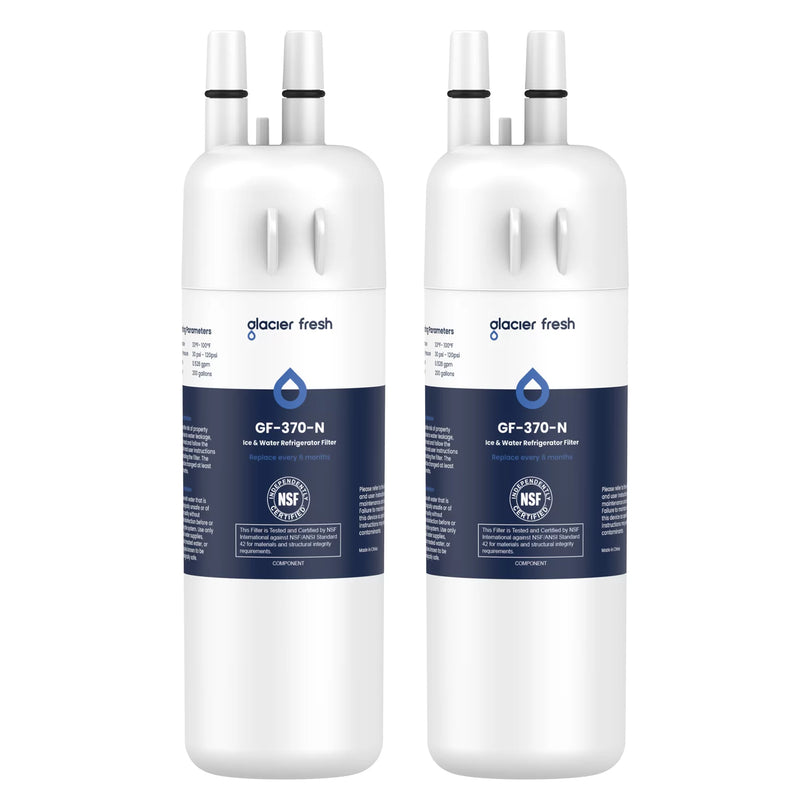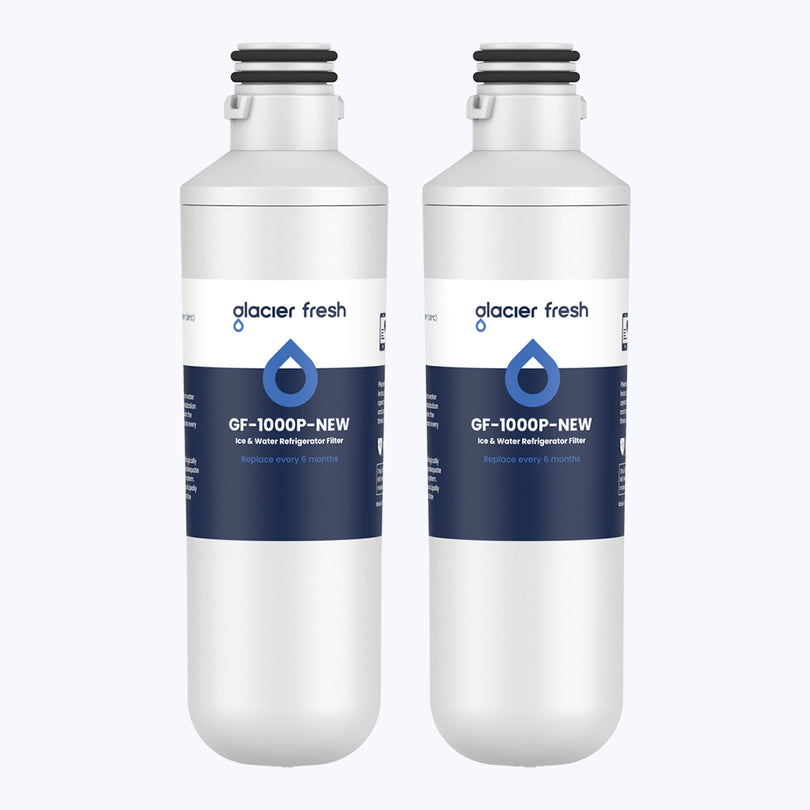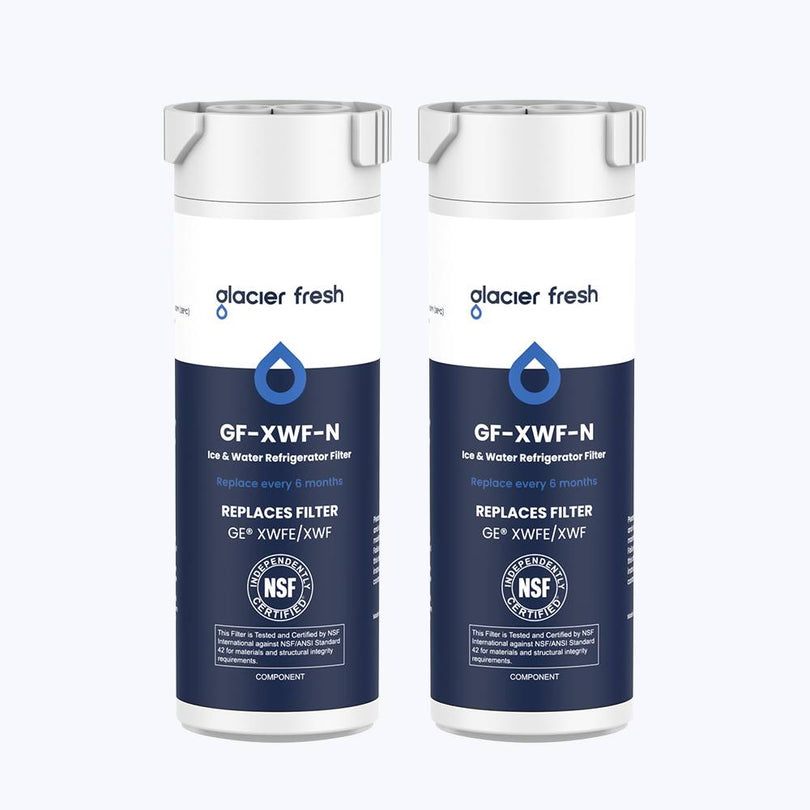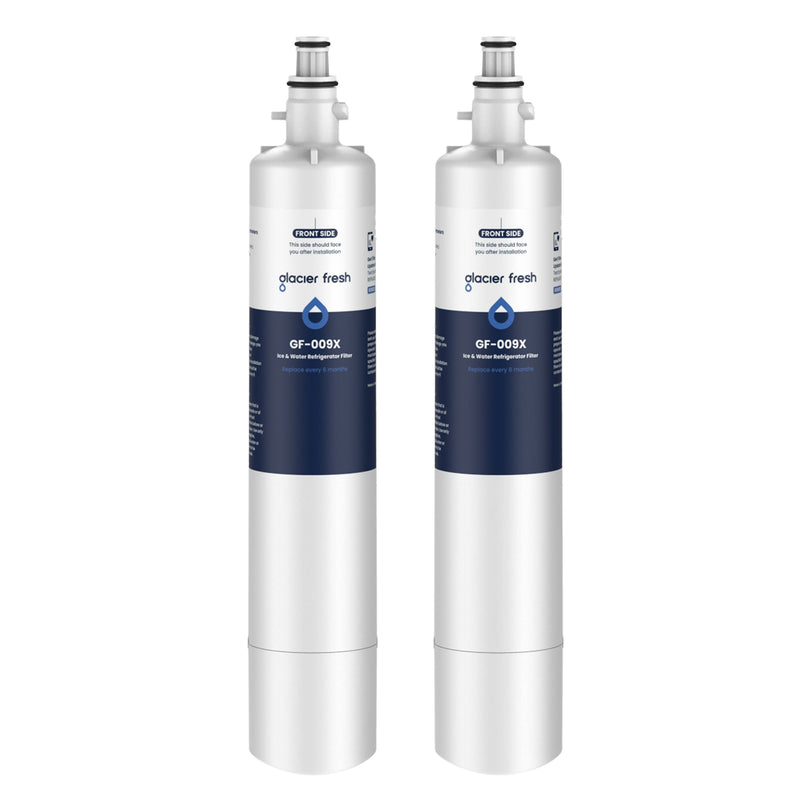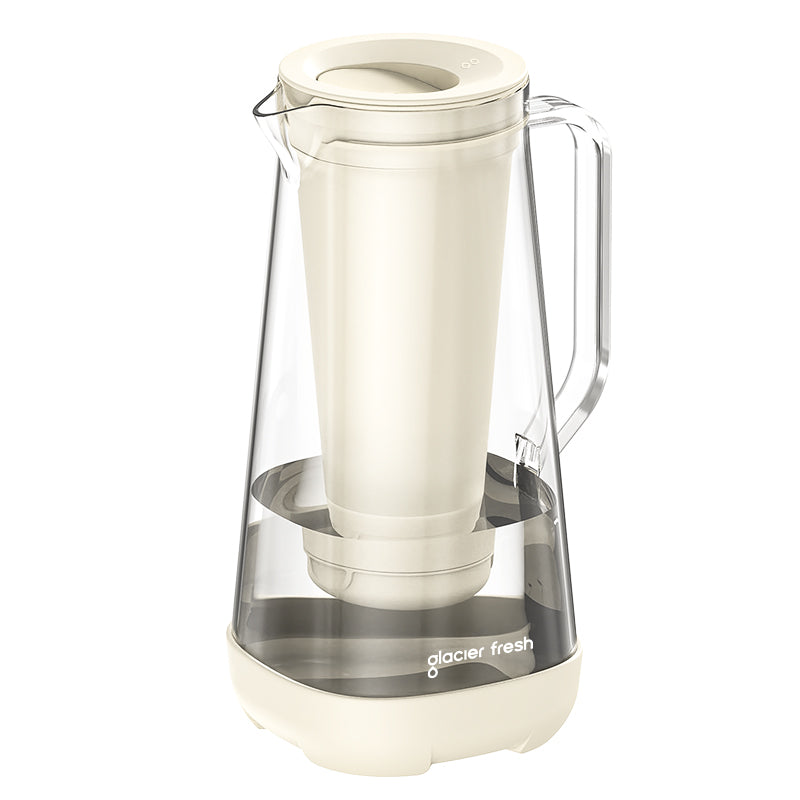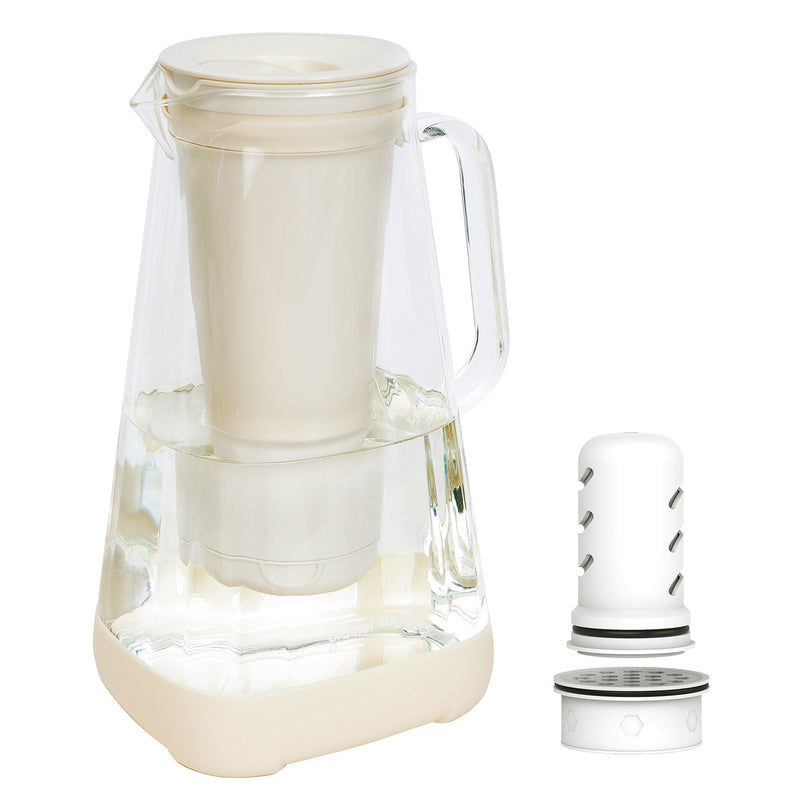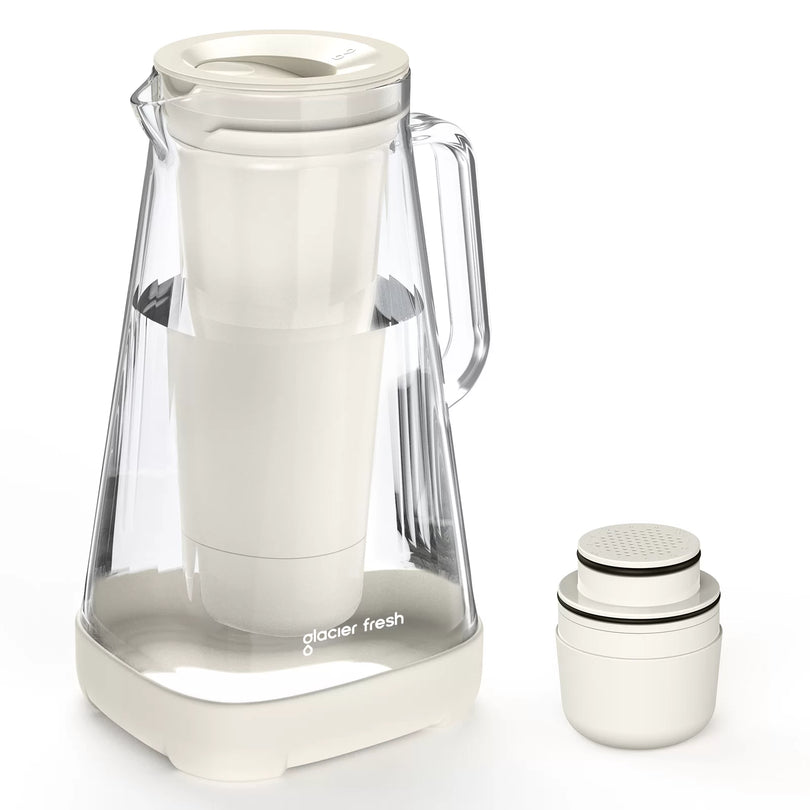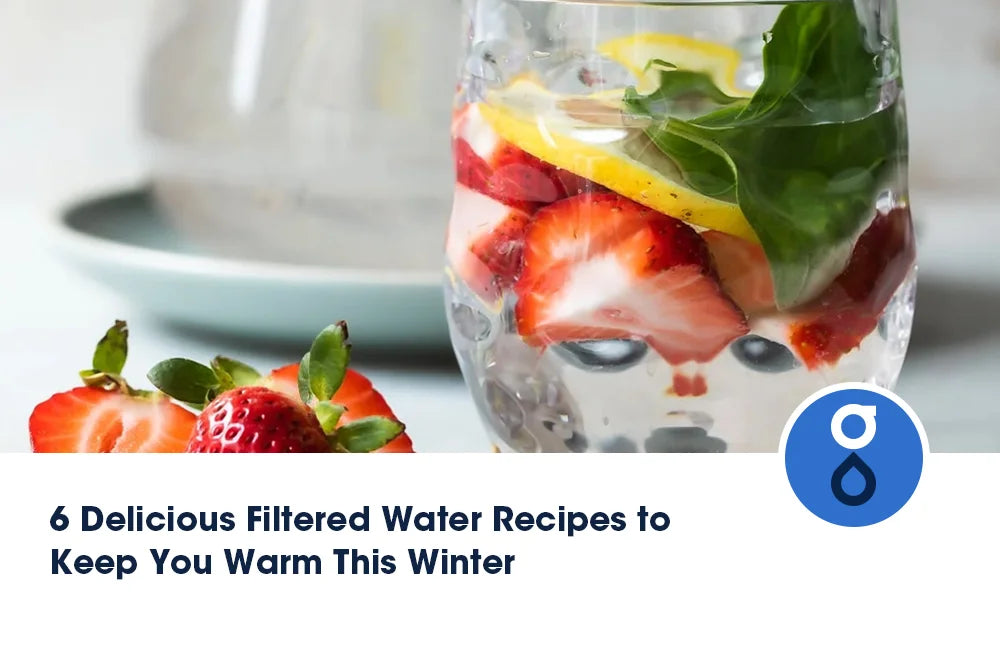Table of Contents:
Was passiert, wenn ein Hurrikan kommt?
Die Risiken der Wasserverschmutzung nach einem Hurrikan verstehen
Wie testen Sie die Wasserqualität vor Ort, wenn ein Hurrikan abzieht?
Wirksame Methoden zur Gewährleistung der Wassersicherheit nach einem Hurrikan
FAQs
Abschluss
Hurrikan Helene , ein Sturm der Kategorie 4, fegte Ende September 2024 durch den Südosten der USA und verursachte verheerende Schäden. Als er die Big Bend-Region in Florida erreichte, verursachte der Sturm schwere Überschwemmungen in den südlichen Appalachen. Hunderte von Menschen starben und Sachschäden in Milliardenhöhe entstanden. Sauberes Trinkwasser ist in solchen Katastrophenszenarien von entscheidender Bedeutung, da Hochwasser Wasserquellen verunreinigen kann. Dieser Blog erklärt Ihnen, wie Sie nach einem Hurrikan die Wassersicherheit gewährleisten und Ihren Haushalt vor durch Wasser übertragenen Krankheiten schützen können.
Was passiert, wenn ein Hurrikan kommt?

Ein Hurrikan bringt heftige Winde und heftige Regenfälle mit sich und löst eine Reihe von Ereignissen aus, die die Wasserqualität beeinträchtigen können. Hochwasser durch Stürme überlastet oft die städtischen Wassersysteme und führt zu Störungen in den Kläranlagen. Wenn Sturmfluten und Regenwasser in Flüsse, Seen und Stauseen gelangen, tragen sie Sedimente, Abwässer und Chemikalien in die Wasserversorgung.
Darüber hinaus können Hurrikane die Stromversorgung von Wasseraufbereitungsanlagen und privaten Brunnensystemen unterbrechen. Stromausfälle erhöhen das Risiko, dass Haushalte mit unbehandeltem oder mangelhaft aufbereitetem Wasser versorgt werden. Schäden an der Infrastruktur (z. B. gebrochene Wasserleitungen) können Schadstoffe einschleppen.
Die Risiken der Wasserverschmutzung nach einem Hurrikan verstehen
Wasserverschmutzung ist nach einem Hurrikan eines der größten Gesundheitsrisiken. Hochwasser vermischt sich mit Abwasser, landwirtschaftlichen Abwässern und Industrieabfällen, sodass Trinkwasser oder Leitungswasser ohne entsprechende Prüfung und Aufbereitung unsicher wird. Zu den häufigsten Risiken zählen:
- Bakterien und Viren : Überschwemmte Gebiete beherbergen häufig gefährliche Mikroorganismen wie E. coli, Giardia und Norovirus.
- Chemische Schadstoffe : Pestizide, Schwermetalle und andere Chemikalien aus nahegelegenen Industrie- oder Landwirtschaftsanlagen können in die Wasserversorgung gelangen.
- Abkochempfehlungen für Wasser : Viele Gemeinden geben diese Empfehlungen heraus, um die Verwendung von Leitungswasser zum Trinken oder Kochen zu verhindern, bis die Wasseraufbereitungssysteme wieder ihre volle Kapazität erreichen.
Wie testen Sie die Wasserqualität vor Ort, wenn ein Hurrikan abzieht?

Nach einem Sturm ist es wichtig, festzustellen, ob Ihr Wasser sicher verwendet werden kann. So können Sie die Wasserqualität testen:
- Befolgen Sie die örtlichen Hinweise : Behörden geben Hinweise zum Abkochen von Wasser oder aktuelle Informationen zur Wassersicherheit heraus. Wenn Sie dazu aufgefordert werden, verwenden Sie Leitungswasser nicht, ohne es vorher abzukochen.
- Verwenden Sie Testkits für zu Hause : Sie können Wassertestkits kaufen, um auf bakterielle Kontamination, pH-Wert und chemische Schadstoffe zu prüfen. Diese Kits sind praktisch und liefern schnelle Ergebnisse.
- Wenden Sie sich an Ihr Gesundheitsamt : Wenn Sie auf Brunnenwasser angewiesen sind, müssen Sie es möglicherweise von Fachleuten testen lassen. Viele lokale Gesundheitsämter bieten Brunnenbesitzern nach Naturkatastrophen kostenlose oder kostengünstige Wassertests an.
Wirksame Methoden zur Gewährleistung der Wassersicherheit nach einem Hurrikan
Es gibt verschiedene Möglichkeiten, sich und seiner Familie nach einem Hurrikan Zugang zu sauberem Trinkwasser zu verschaffen. Im Folgenden finden Sie einige der wirksamsten Methoden:
1. Kochendes Wasser
Abkochen ist eine der sichersten Methoden, um sicherzustellen, dass Wasser frei von schädlichen Bakterien und Viren ist. Bringen Sie das Wasser mindestens eine Minute lang zum Kochen. In höheren Lagen kochen Sie das Wasser drei Minuten lang, um den niedrigeren Siedepunkt auszugleichen.
2. Wasserfilter verwenden
Wasserfilter können zwar Schadstoffe entfernen, wirken aber nicht alle wirksam gegen Bakterien oder Viren. Schwerkraft-Wasserfilter und UV-Filter sind beispielsweise bessere Optionen als herkömmliche Aktivkohlefilter. Wenn Hochwasser in Ihr Haus eingedrungen ist, ersetzen oder desinfizieren Sie Ihr Wasserfiltersystem, um seine ordnungsgemäße Funktion sicherzustellen.
3. Chemische Desinfektion
Haushaltsbleiche ist eine gute Alternative, wenn keine Abkoch- oder Filteranlage vorhanden ist. Verwenden Sie 8 Tropfen geruchsneutrale Bleiche pro 3,8 Liter Wasser, mischen Sie gut und lassen Sie die Mischung 30 Minuten einwirken, bevor Sie sie verwenden. Achten Sie darauf, dass das Wasser leicht nach Chlor riecht. Wenn nicht, wiederholen Sie den Vorgang mit einer weiteren Dosis Bleiche.
4. Wasserflaschen vorrätig haben
Eine Wasserversorgung in Flaschen stellt den Zugang zu sauberem Trinkwasser in Notfällen sicher. Die FEMA empfiehlt, täglich mindestens 3,8 Liter Wasser pro Person für mindestens drei Tage vorrätig zu haben. Verwenden Sie zum Trinken, Kochen und Zähneputzen Wasser in Flaschen, bis die örtlichen Behörden bestätigen, dass das Leitungswasser wieder sicher ist.
5. Brunnenwassersicherheit
Wenn Ihr Grundstück von einem privaten Brunnen abhängig ist, ist es wichtig, diesen nach einem Hurrikan zu testen und zu desinfizieren. Hochwasser kann Schadstoffe einbringen, die das Brunnenwasser unsicher machen. Bei der Brunnendesinfektion wird das System mit einer Chlorlösung gespült und das Wasser vor dem Trinken professionell getestet.
Häufig gestellte Fragen
Kann ich Leitungswasser trinken, wenn es nach einem Hurrikan klar aussieht?
Nicht unbedingt. Auch wenn das Wasser klar erscheint, kann es schädliche Mikroorganismen oder Chemikalien enthalten. Beachten Sie stets die öffentlichen Hinweise zur Wassersicherheit.
Wie lange muss ich Wasser kochen, damit es trinkbar ist?
Kochen Sie das Wasser mindestens eine Minute lang (in großen Höhen drei Minuten).
Was ist die sicherste Art, vor einem Hurrikan Wasser zu lagern?
Lagern Sie Wasser in sauberen, lebensmittelechten Behältern an einem kühlen, dunklen Ort. Für die langfristige Lagerung eignet sich Wasser in Flaschen am besten.
Abschluss
Die Auswirkungen des Hurrikans Helene haben gezeigt, wie wichtig die Vorbereitung auf Naturkatastrophen und die Sicherheit der Wasserversorgung sind. Der Zugang zu sauberem Trinkwasser ist für die öffentliche Gesundheit von entscheidender Bedeutung, insbesondere wenn Hochwasser die kommunalen Systeme stört und natürliche Wasserquellen verunreinigt.
Durch die Prüfung der Wasserqualität, die Beachtung von Abkochempfehlungen und den Einsatz effektiver Filter- und Reinigungsmethoden können Sie Ihre Familie vor durch Wasser übertragenen Krankheiten schützen. Egal, ob Sie auf Flaschenwasser angewiesen sind oder Ihr Leitungswasser zu Hause aufbereiten, informierte Wassersicherheitsmaßnahmen helfen Ihnen, die Folgen des Sturms problemlos zu überstehen. Folgen Sie Glacier Fresh, um weitere Wasserfilterlösungen zu finden.

